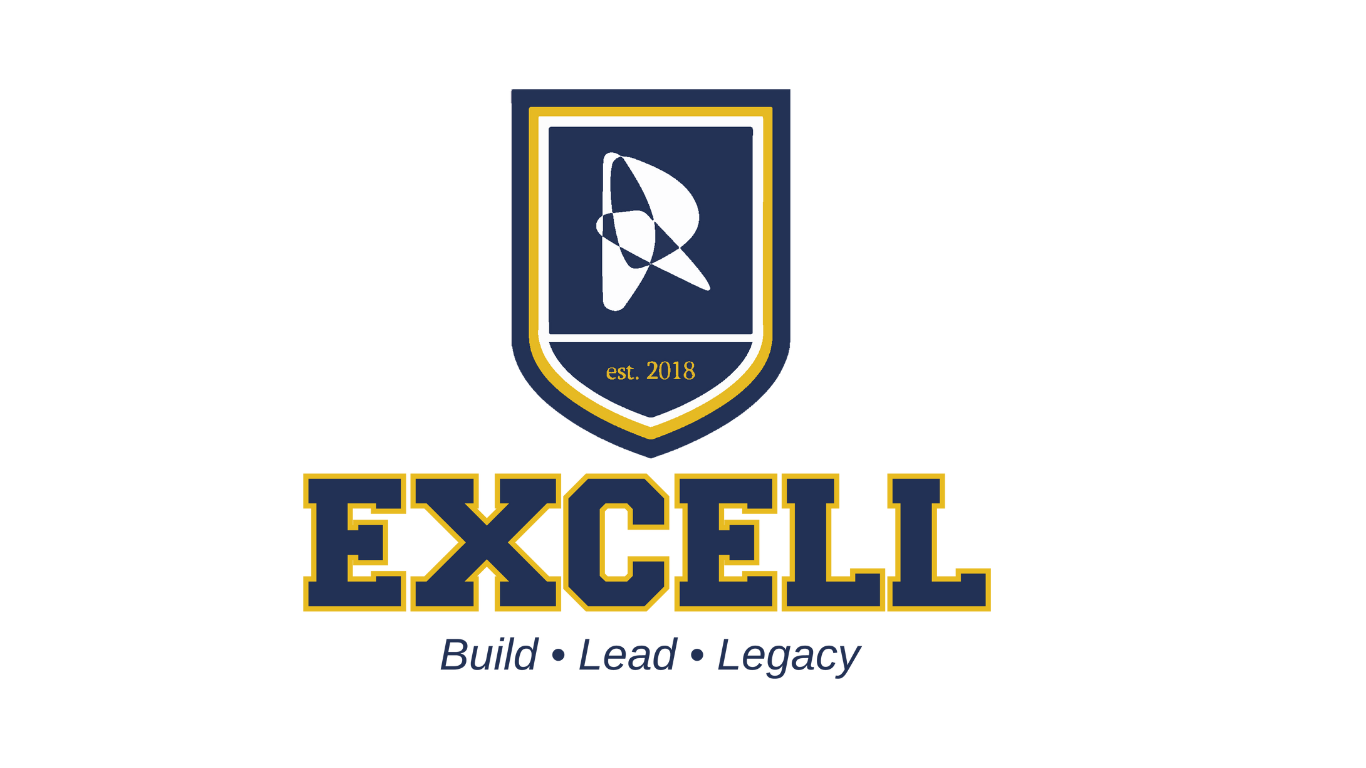Table of Contents:
- Introduction to Content Marketing
- Why Content Marketing Is Important in Today’s Digital Era
- The Core Benefits of Content Marketing
- 5 Key Questions Answered
- How to Build an Effective Content Marketing Strategy
- Examples of Content Marketing Done Right
- The Future of Content Marketing
- Conclusion & Call to Action
Introduction to Content Marketing
- Written content – Blog posts, articles, eBooks, and guides.
- Visual content – Infographics, videos, reels, and social media graphics.
- Interactive content – Quizzes, polls, and webinars.
- Audio content – Podcasts, interviews, and voice snippets.
Why Content Marketing Is Important in Today’s Digital Era
We live in an age where consumers are more empowered than ever. They research before they buy, reading reviews, watching tutorials, and comparing options online. Traditional ads often get blocked, skipped, or ignored because people crave authenticity over hard selling.

- Awareness stage: Blog posts or infographics introduce potential customers to your brand.
- Consideration stage: Case studies, comparisons, and webinars build credibility.
- Decision stage: Testimonials, product demos, and detailed guides help close the deal.
The Core Benefits of Content Marketing
5 Key Questions Answered
How to Build an Effective Content Marketing Strategy
Creating content without a strategy is like setting sail without a map. You may float around aimlessly, but you won’t reach your destination. To fully understand why content marketing is important, businesses must see it as a structured, long-term plan rather than a series of random blog posts or social media updates. Here’s a deeper look at the framework:
- Brand Awareness: If your company is new or entering a competitive market, your goal may be to increase visibility. Example: publishing educational blogs that answer industry-specific questions.
- Lead Generation: If you already have visibility but want more qualified leads, consider using gated content, such as whitepapers or webinars, to capture contact information and generate more qualified leads.
- Conversions and Sales: To drive direct sales, your content should effectively highlight product features, case studies, and customer testimonials.
- Customer Retention: Sometimes, the goal isn’t just acquiring new customers, but also keeping existing ones engaged. Example: creating exclusive newsletters, tutorials, or user guides.
👉 Pro Tip: Use SMART goals (Specific, Measurable, Achievable, Relevant, Time-bound). For example, “Increase organic website traffic by 30% in six months through blog content.”

- Create Buyer Personas: These fictional profiles represent your ideal customers. Include details like age, job role, income, pain points, and preferred content types.
- Understand Pain Points: Ask, ‘What problems keep them up at night?‘ If you’re a financial services firm, it may involve managing debt or saving for retirement. Your content should provide solutions.
- Study Behavior: Track where your audience spends time online. Are they active on LinkedIn, YouTube, or Instagram? This determines your content format and distribution.
- Topic Clusters: Organize your content around themes. Example: If you’re in fitness, your clusters could be “Nutrition Tips,” “Workout Plans,” and “Mental Health.”
- Formats: Choose a mix of blogs, videos, podcasts, and infographics to keep things engaging.
- Editorial Calendar: Plan at least 1–3 months. This ensures consistency and prevents scrambling for last-minute ideas.
- Keyword Research: Identify relevant keywords like why content marketing is essential and naturally integrate them into your titles, headers, and body text.
- On-Page SEO: Use meta descriptions, internal linking, and image alt tags.
- Content Depth: Longer, comprehensive content often performs better in search results.
- User Experience: Ensure your website is mobile-friendly, loads quickly, and features easy navigation.
- Social Media Marketing: Share across platforms where your audience is most active. Tailor your message for each platform (short posts for Twitter/X, visuals for Instagram, professional insights for LinkedIn).
- Email Marketing: Send newsletters with curated content to subscribers. Email remains one of the highest-ROI channels for content distribution.
- Partnerships & Guest Posts: Collaborate with influencers or guest post on reputable sites to expand your reach.
- Paid Promotion: Utilize paid ads to amplify high-value content, such as eBooks, webinars, or lead magnets.
- Track Key Metrics:
- Traffic (page views, sessions, bounce rates)
- Engagement (shares, comments, time on page)
- Lead Generation (form fills, downloads, sign-ups)
- Conversions (sales, revenue generated)
- Utilize tools such as Google Analytics, HubSpot, SEMrush, and social media insights to gain a clear picture of performance.
- Refine Based on Data: If blog posts are performing better than videos, invest more in blogs. If LinkedIn drives more conversions than Instagram, shift resources accordingly.
Examples of Content Marketing Done Right

- Blogging at Scale: HubSpot publishes multiple in-depth blog posts every week, covering topics ranging from SEO to sales automation.
- Free Tools: Their free CRM and free website grader pulled in users who later upgraded to paid solutions.
- Educational Content: HubSpot Academy offers free certification courses, establishing itself as an authority in marketing education.
- Event Marketing: Red Bull created and sponsored extreme sports events, such as the Red Bull Air Race and Red Bull Rampage.
- Video Storytelling: Their YouTube channel features jaw-dropping stunts, documentaries, and athlete spotlights.
- Branded Content Hub: Red Bull Media House produces a range of content, including movies, magazines, and digital media, across various platforms.
- User-Generated Content (UGC): Customers shared their beauty routines on Instagram, and Glossier amplified them.
- Engagement First: Their social channels weren’t one-way broadcasts but conversations. They asked followers what products they wanted next.
- Relatable Storytelling: Instead of polished, celebrity-driven campaigns, they showcased real customers, making beauty feel accessible.
- HubSpot shows the power of educational resources.
- Red Bull showcases the impact of emotionally driven and lifestyle-focused content.
- Glossier shows the strength of community and authenticity.
The Future of Content Marketing
- AI-driven personalization will deliver tailored experiences to each user.
- Video dominance will continue to grow, with both short-form and long-form formats experiencing significant growth.
- Interactive content, such as polls, quizzes, and AR/VR experiences, will engage audiences on a deeper level.
- Authenticity will matter more than ever, as consumers crave transparency and real stories.
Conclusion & Call to Action
So, why is content marketing important? Because it builds trust, improves visibility, fuels SEO, and creates long-term customer relationships that traditional ads can’t match. It’s not just a marketing tactic; it’s a business growth engine.

Contact us:
6420 Richmond Ave., Ste 470
Houston, TX, USA
Phone: +1 832-850-4292
Email: info@excellofficial.com




